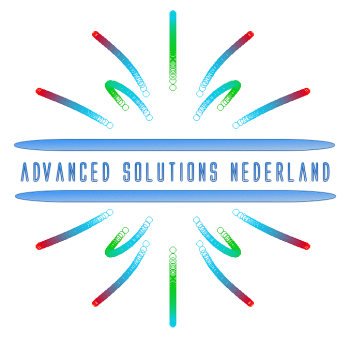Many hi-tech companies that we have spoken with over the years have struggled to clarify this question, and almost all say that they fall into the D category. Where many say,
we’re not a University.
However, upon closer examination, it would appear that many companies are actually engaged in applied research activities but don’t even realise it or don’t like advertising it. From our experience, research activities can be broken up into two distinct categories:
- Applied research
- Fundamental research
Fundamental research is where Universities and research institutes are primarily focused, with the sole purpose of advancing theoretical knowledge in that field via publications and conferences.
Applied research on the other hand, takes the fundamental research findings and applies them to real world application for commercial exploitation. Many companies are constantly on the lookout for new concepts and methods to put them in front of their competition. This could take the form of implementing a radically new scientific method, or even improving their internal processes in order to reduce waste and boost profits.
The latter (also applied research) is currently where many companies are focused (mainly due to the current financial situation), but for the companies who can afford it, there is still some room for the first point.
How do they do it?
Many companies generally hire academics to help them with the translation of these concepts into products, but experience has shown that academics are not the best choice as product developers, so companies tend to use a mix of skills sets, i.e. academic and non-academics in order to get to their products to the finish line.
Academics generally prove to be invaluable at analysing problems and processes and highlighting any areas of weakness, while at the same time taking a pivotal role in the definition of technical specifications.
What about culture and egos?
There are the ego and cultural aspects to consider too, which is especially prevalent with academics. The mismatch with the academic and commercial models unfortunately leads to many focusing on providing the best solution (the academic world), rather than focusing on what the client actually needs (the commercial world).
Many academics consider management as too dumb to understand their fantastic idea.
Good leadership and emotional intelligence are needed to keep the R&D team focused on the big picture, and avoiding the department from turning into a playground for hobby projects. Many engineers and academics struggle with the concept of knowing when a product is good enough, and keep on fiddling with it until it’s perfect.
From our experience, getting clear and realistic customer requirements and then coming up with a careful plan, led by experienced developers is the only way of reaching a successful conclusion.
R, D, or both ?
Whether your company falls into R or D or a mixture of both depends on your business model, but perhaps you actually do more R than you realise. In all cases, selection of a good team that works well together is paramount for success.











Leave a Reply
Want to join the discussion?Feel free to contribute!